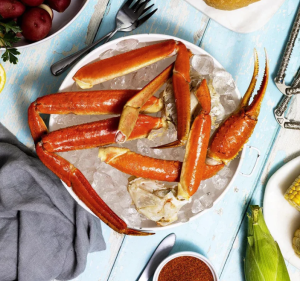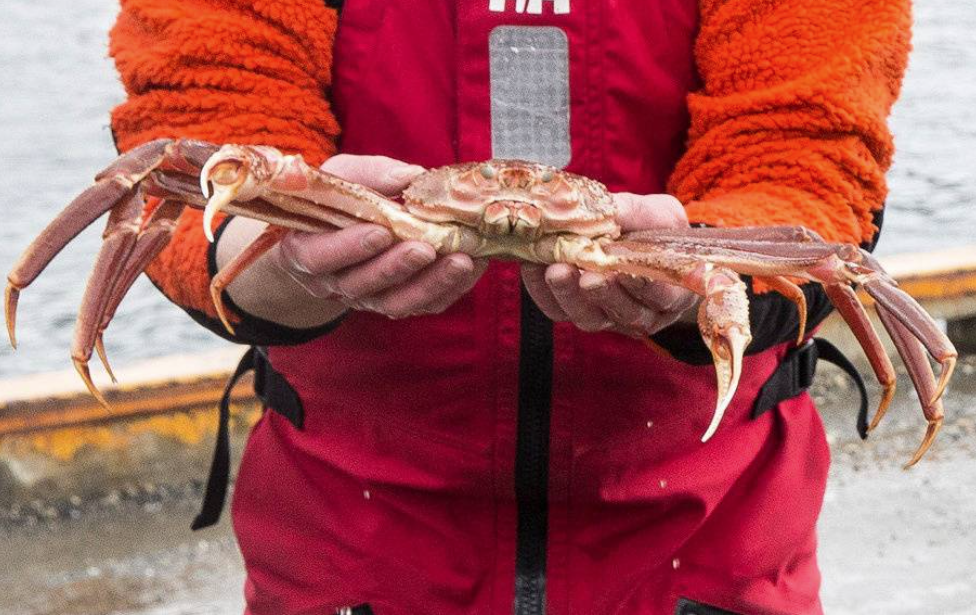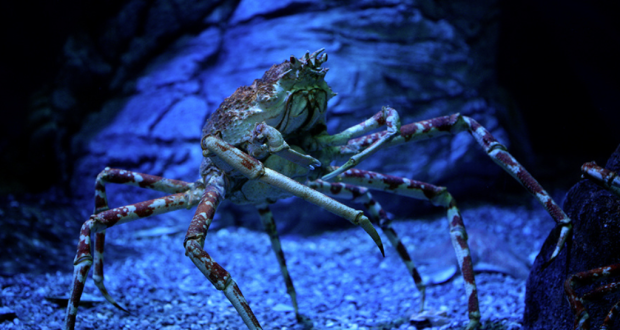ALASKA — The Alaskan Snow Crab will not be harvested in the frigid waters of the Bering Sea for the first time since the commercial crabbing industry was officially established in the 1920s. The Alaskan Department of Fish and Game decided to close the season after reports of a massive population decline in the species were discovered and confirmed over the course of the last three years.
The popularity of Alaskan crab species, including the Alaskan Red Crab and Alaskan King Crab, has increased greatly over the past two decades, resulting in large part from the success of the critically acclaimed tv show “Deadliest Catch”, first aired in 2005; further solidifying the crab’s position as a favored menu item at high-end restaurants. Similar to the Alaskan King Crab, the Alaskan Snow Crab is considered a delicacy in many parts of the world, often fetching a considerably higher price at restaurants and markets alike than its more common and less arduously captured relatives. This is primarily due to the fact that Alaskan Snow Crab is only found in the Bering Sea and crabbing crews incur heavy costs while enduring some of the harshest seafaring conditions found anywhere in the world to capture the crustaceous treasure.

Alaskan Snow Crab Legs
The increase in demand may play a significant role in the population’s incredible decline, shrinking from 8 billion in 2018 to 1 billion in 2021, but true reason for this decline remains unknown. Officials have cited overfishing as the main cause, while yet some others speculate that the sea’s gradually warming temperature has had a significantly negative impact on the crab, which requires cold water, 2 degrees Celsius or below, to survive.
Miranda Wephal, a biologist with the state’s fish and game department, said, “From 2018 to 2021, we lost about 90 percent of these animals. Snow crabs are an Arctic species.” Westphal told The New York Times that they need cold water to survive, adding that in previous years, 2018 and 2019, the Bering Sea “was extremely warm and the snow crab population kind of huddled together in the coolest water they could find.” and “When the water warms, their metabolism increases, requiring more fuel,” she said. “They probably starved to death and there was not enough food.”

Alaskan Snow Crab
Whatever the reason for Alaskan Crabs’ great increase in scarcity, seafood lovers should prepare to pay a premium for crab in the months, and potentially years, to come. And we can all hope this year’s ban on the commercial fishing season will give the Snow Crab population time to recover and thrive once more.



